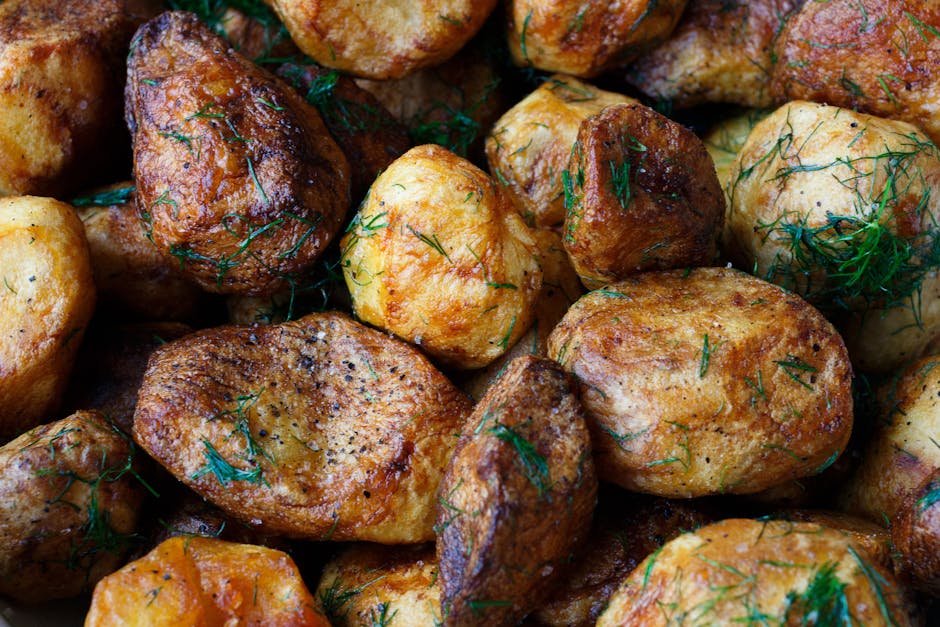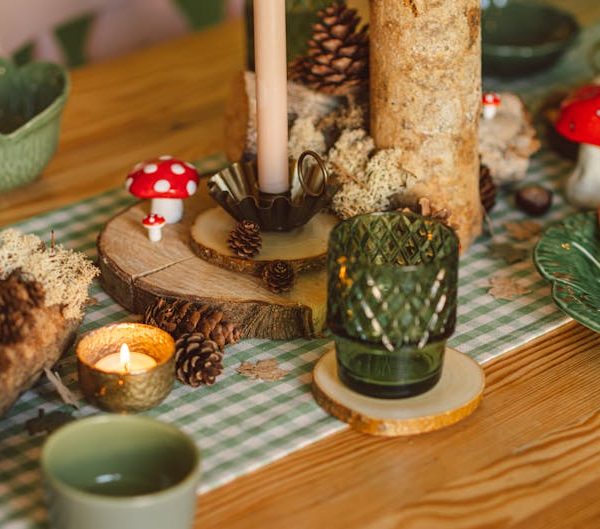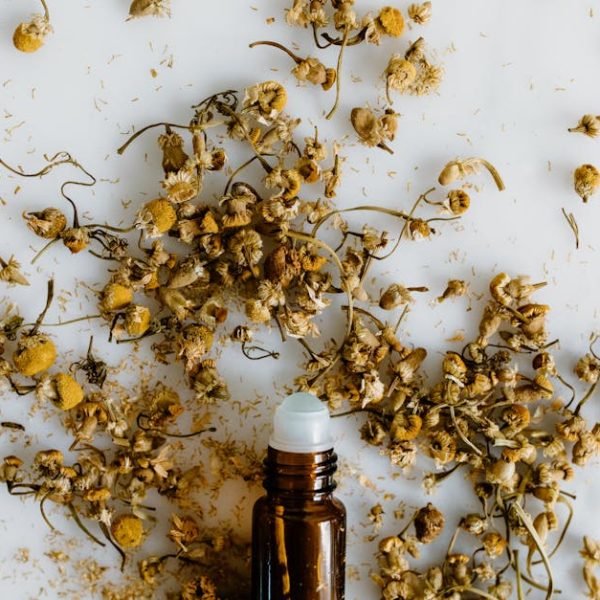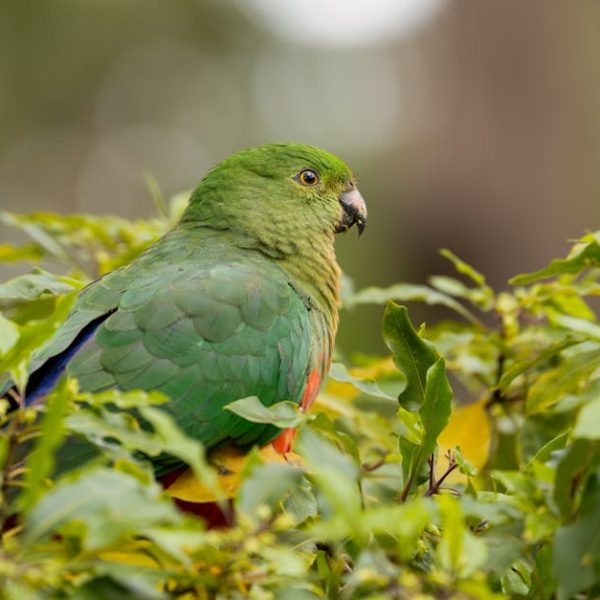A walk down the spice aisle of your local supermarket showcases a rainbow of vibrant selections ranging from dill, coriander, and basil to turmeric, black pepper, and cumin. But pause for a moment, are all of these items correctly categorized? Often, many of us make the common mistake of using the terms herbs and spices interchangeably, not being fully aware of the fundamental differences between the two. As we delve into the world of herbs and spices, we will unravel the characteristics that distinctly distinguish them and understand why these differences matter in our cooking and gastronomical experiences.
Defining Herbs and Spices: What are they?
While herbs and spices both originate from plants and are primarily used for flavor enhancement in our food, they are indeed not interchangeable. Herbs typically refer to the leafy green parts of a plant, used either fresh or dried, while spices come from the non-leafy parts, including roots, bark, berries, seeds, twigs, or other plant components.
For example, when you sprinkle rosemary over your roasted potatoes or add fresh basil to your pasta sauce, you’re using herbs. On the other hand, peppercorns that you freshly grind over your meals or cinnamon sticks that you steep in your hot apple cider are examples of spices.
Characteristics of Herbs
Herbs are cultivated plants that are often prized for their aroma, flavor, and therapeutic properties. Featuring in numerous culinary traditions worldwide, herbs can be separated into three main types: annuals (like basil), biennials (such as parsley), and perennials (like oregano), each having unique growth cycles and optimal usage times in our kitchen repertoire.
| Herb | Type | Common Uses |
|---|---|---|
| Basil | Annual | Italian cuisine, pesto |
| Parsley | Biennial | Garnish, salads, soups |
| Oregano | Perennial | Pizza, pasta |
Best Practice – To get the most out of your herbs, remember to add fresh herbs towards the end of your cooking process while dried herbs are best when added earlier on, giving them time to rehydrate and release their full flavor spectrum.
Characteristics of Spices
Spices, on the other hand, emanate from a variety of non-leafy plant parts. The possibilities are endless. For instance, seeds like coriander and poppy, bark like cinnamon, roots such as turmeric, and even dried buds like cloves, all fall under the spectrum of spices.
Depending on their nature, spices can be used whole, crushed, or ground, offering a different depth of flavor and fragrance with each utilization. Take, for example, cumin seeds- when used whole, they provide a warm depth to your dishes, while in ground form they offer a more potent, warm, and earthy flavor.
Pro Tip – To optimize flavor extraction from spices, toast them in a dry pan before grinding. The heat wakes up the aromatic oils locked inside the spice, leading to more flavorful dishes.
Key Differences Between Herbs and Spices
While herbs and spices both add a magical touch to our culinary delights, they are quite diverse in their origin, usage, and impact on the dishes they season. The prime difference lies in the part of the plant from which they originate. As covered earlier, herbs come from the plant’s leafy, green parts, whereas spices come from the non-leafy parts such as seeds, roots, barks, and fruits.
From a geographical perspective, different regions have developed unique preferences for certain herbs or spices, significantly influenced by local flora, climate, and cultural preferences. For instance, oregano is an integral part of Italian and Greek cuisine, while cardamom is generally associated with Indian and Middle Eastern culinary traditions.
In terms of flavor nuances, herbs tend to provide a fresh, subtle aura, enhancing a dish without overpowering its innate flavors. Spices, in contrast, can add a potent punch of flavor and aroma, potentially transforming a recipe.
Pro Tip – Picking between herbs and spices can come down to wanting gentler, more grassy flavors (herbs) or seeking a strong kick and complex aromas (spices).
| Herbs | Spices | |
|---|---|---|
| Part of Plant Used | Leafy green parts | Seeds, roots, barks, fruits |
| Geographical Usage | Varies by climate, best in temperate regions | Thrives in tropical climates |
| Flavor Profile | Subtle, fresh, green | Potent, spicy, aromatic |
Common Misconceptions and Overlaps Between Herbs and Spices
Despite the discussion above, some overlaps can confuse the clear-cut distinction between herbs and spices. The most common misconception is that herbs are always used fresh, and spices are always dry. In fact, fresh chili peppers can serve as a spice, and dried basil can be an herb.
Additionally, there are cases in which a single plant can yield both a spice and an herb. Take the coriander plant; its green leaves (also known as cilantro) are used as an herb, whereas its dried seeds are ground into a spice.
Lastly, different cultures may categorize the same plant differently owing to their unique culinary traditions and practices.
Best practices – The surefire strategy to identify whether something is an herb or a spice lies in its origin. Herbs are from the green, leafy part of the plant, spices are from everything else. Stick to this rule, and you won’t go wrong!
In Conclusion
Clearly, while there may be overlaps and controversies in classifying certain natural seasonings as either herbs or spices, recognizing the primary divide can be fairly straightforward. Although both herbs and spices bring their unique spectrum of flavors and aromas to the table, each plays its own unique role grounded in its individual properties, farm to table journey, and culinary considerations.
So the next time you reach for that bottle of oregano or sprinkle some cumin into a curry, you’ll not only know exactly what you’re adding but also appreciate the vibrant lineage of tradition, geography, and botany that follows along. Your culinary adventures are bound to be more savory, spiced up, and just a tad more enlightening. Happy cooking!
Key Takeaway:
- Herbs and spices have distinct differences primarily rooted in the part of the plant they come from- herbs from the leafy green parts and spices from non-leafy parts such as seeds, roots, or fruits.
- Herbs tend to provide subtle, fresh flavors, while spices contribute strong, potent aromas and tastes.
- Despite the differences, there are overlaps and misconceptions, for example, a single plant like coriander can yield both a spice and an herb.
- Various geographic, cultural, and culinary factors influence the use of herbs and spices.
Understanding the differences between herbs and spices can enrich your culinary adventures, making your dishes tastier and more varied. Always remember, whether you’re using an herb or spice, the key lies in their origin – herbs from leafy parts and spices from everything else.
FAQs
Q: Why should I differentiate between herbs and spices?
A: Knowing the difference allows you to utilize them optimally in your cooking. For instance, fresh herbs are typically added towards the end of your cooking process to keep their flavors intact, while spices can be toasted before grinding to intensify their flavors.
Q: What are some examples of misconceptions about herbs and spices?
A: Common misconceptions include the belief that herbs are always used fresh, and spices are always dry, or that a plant yields only a spice or herb, not both.
Q: Can a single plant produce both an herb and a spice?
A: Yes. Coriander is a prime example: its leafy parts (cilantro) are used as an herb, while its dried seeds serve as a spice.
Q: Are herbs and spices used differently in different cultures?
A: Yes. Cultural influences significantly shape the use of herbs and spices. For example, oregano is prevalent in Italian/greek cuisine, while cardamom is largely used in Indian/middle eastern dishes.
Q: Is flavor the only difference between herbs and spices?
A: Not exclusively. While flavor is a critical difference, other factors include where they come from in the plant, their geographical usage, and even their form (fresh, dried, whole, or ground).
Continue to explore more fascinating culinary insights by sharing this article and visiting other food-related posts. Happy cooking!






